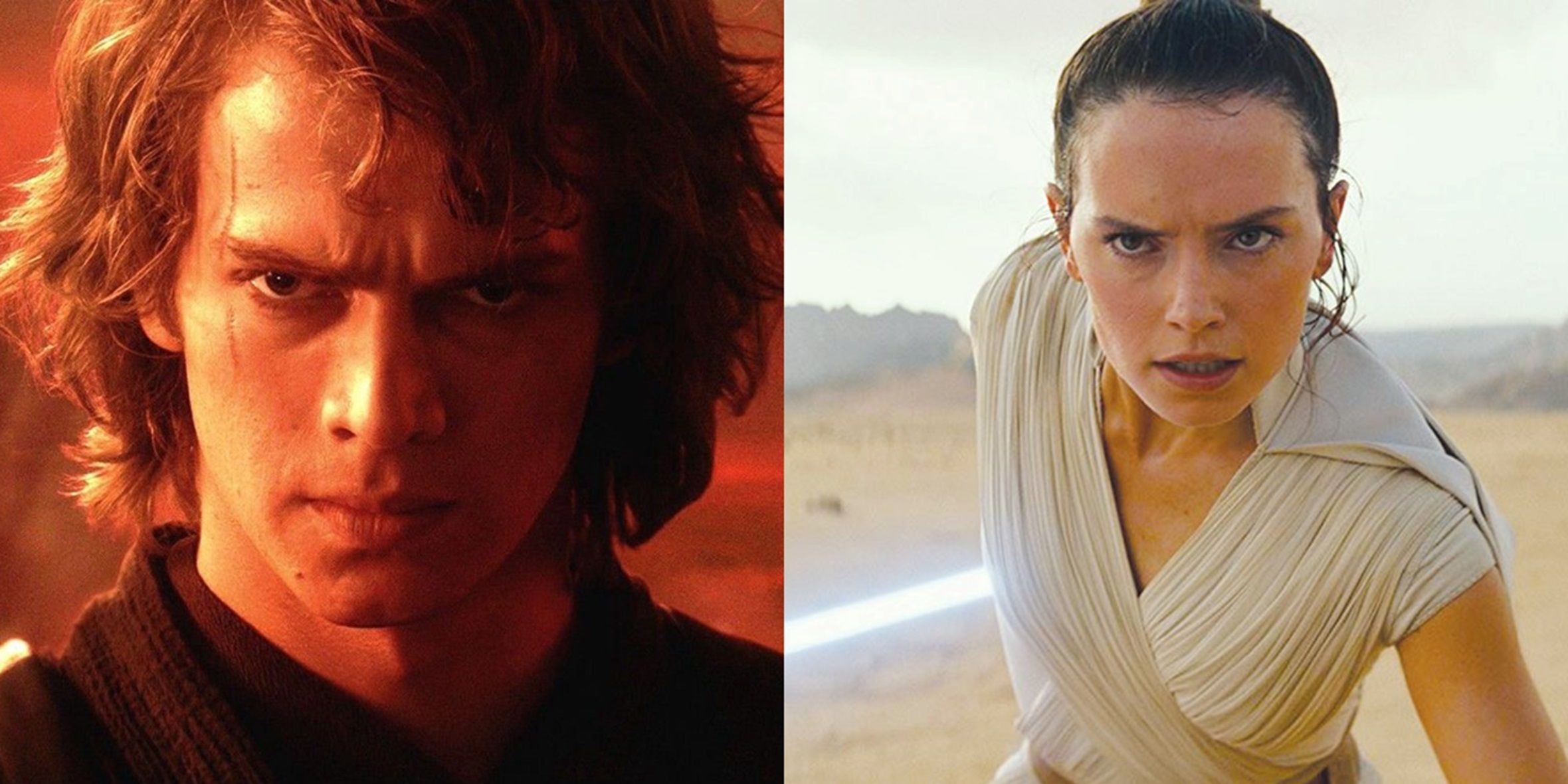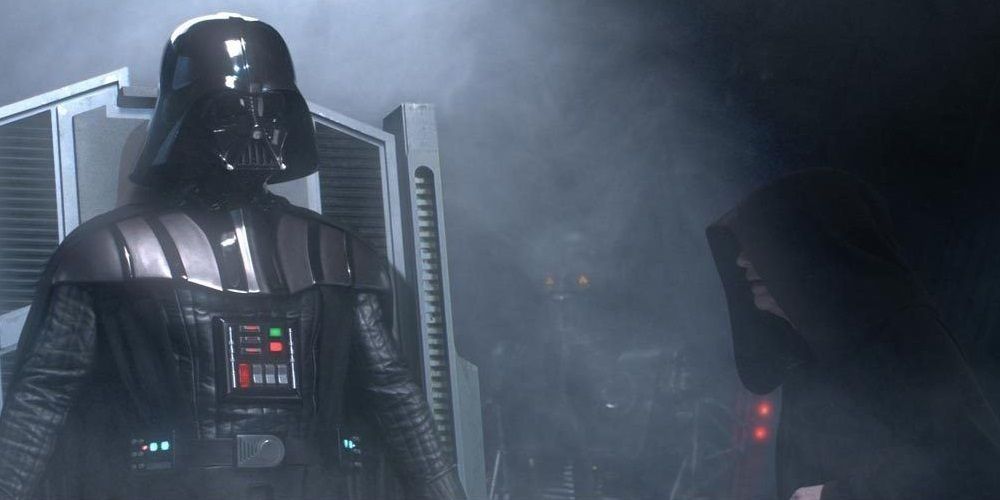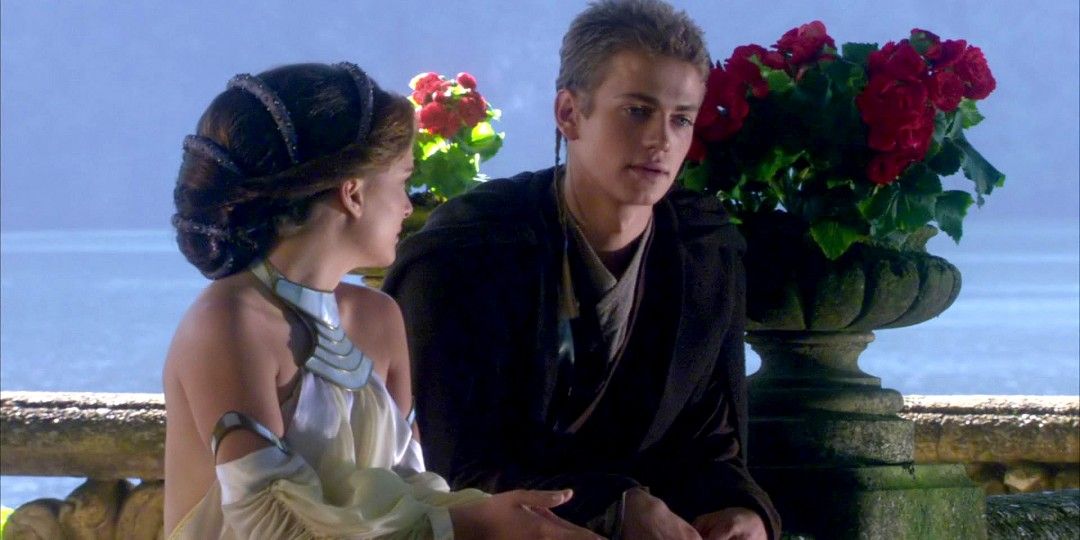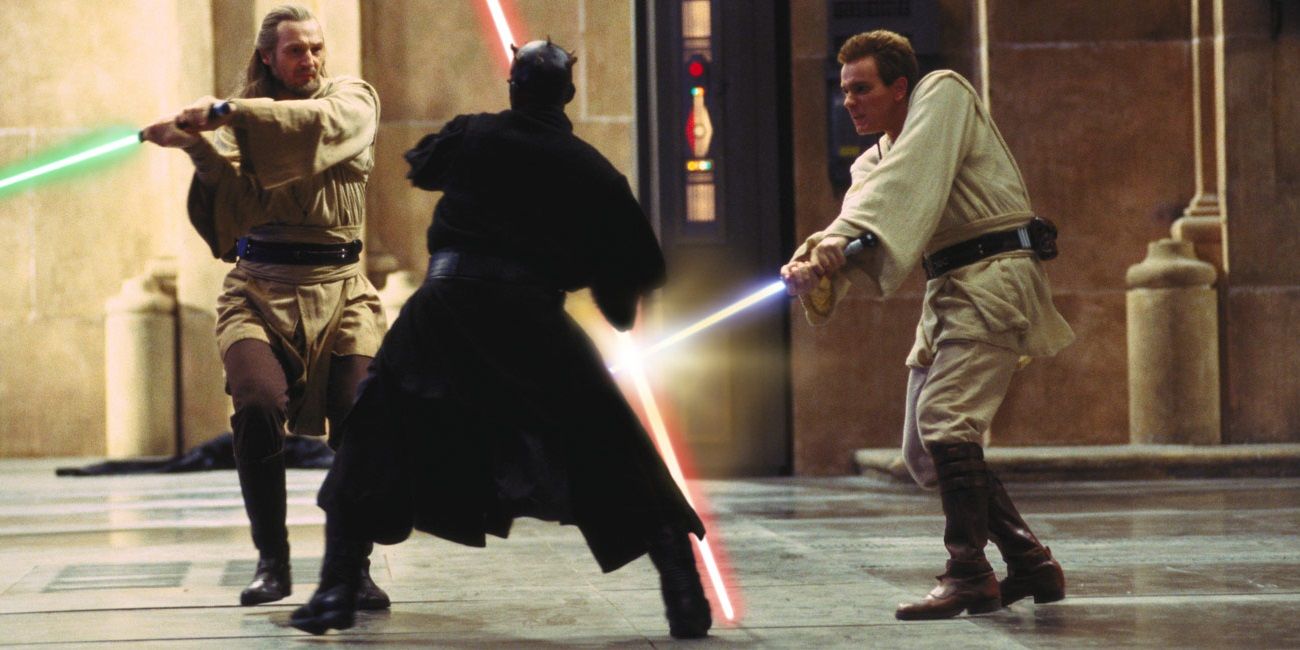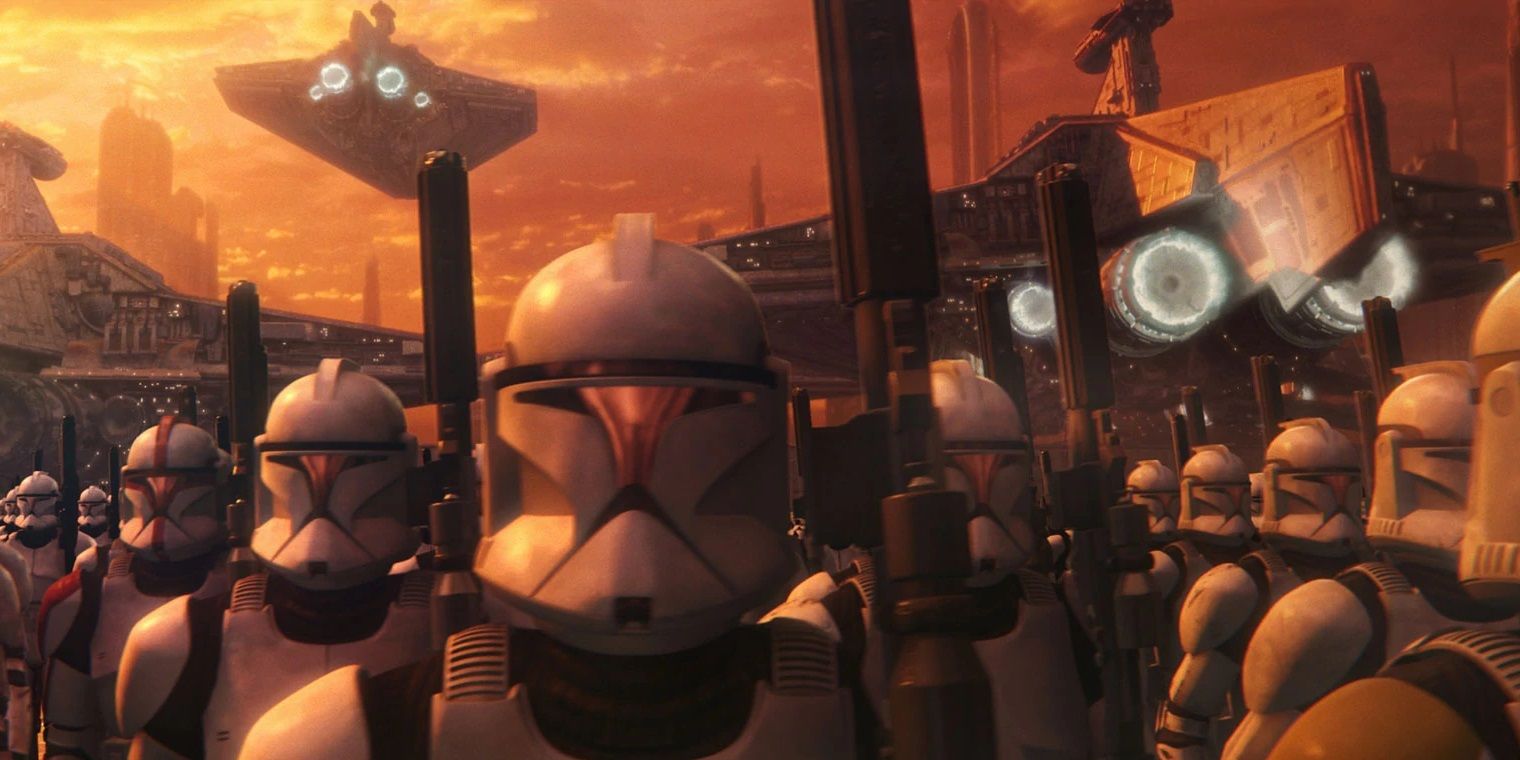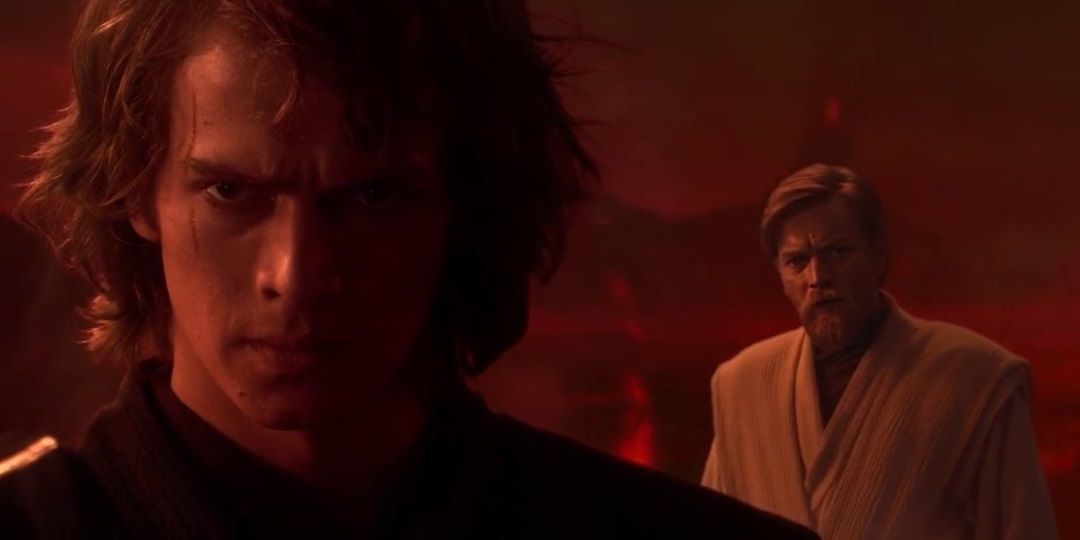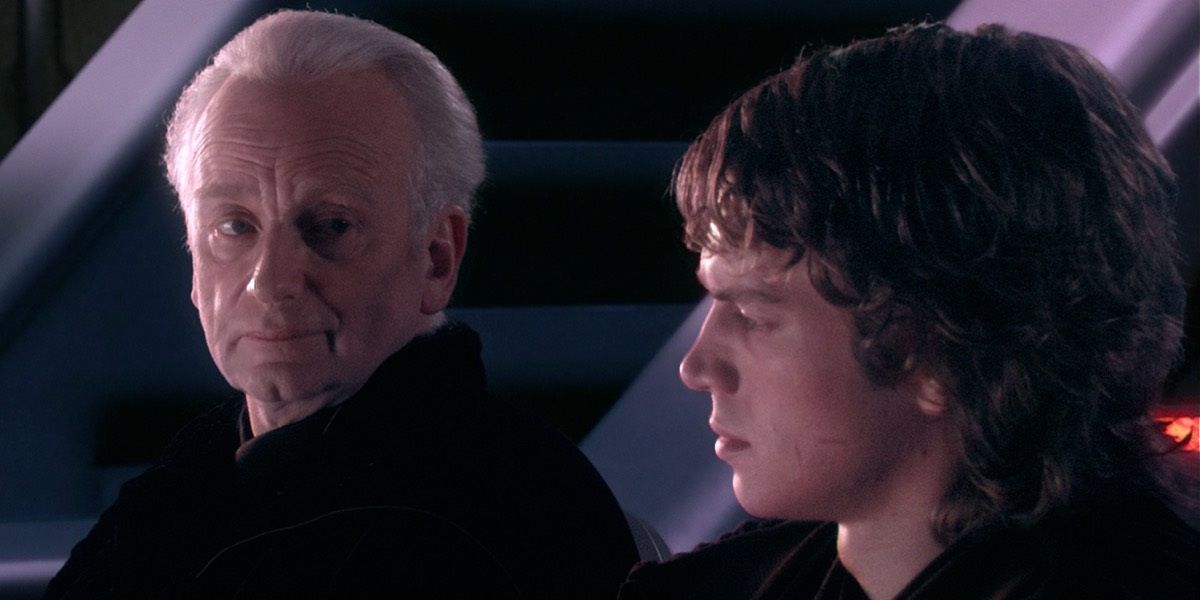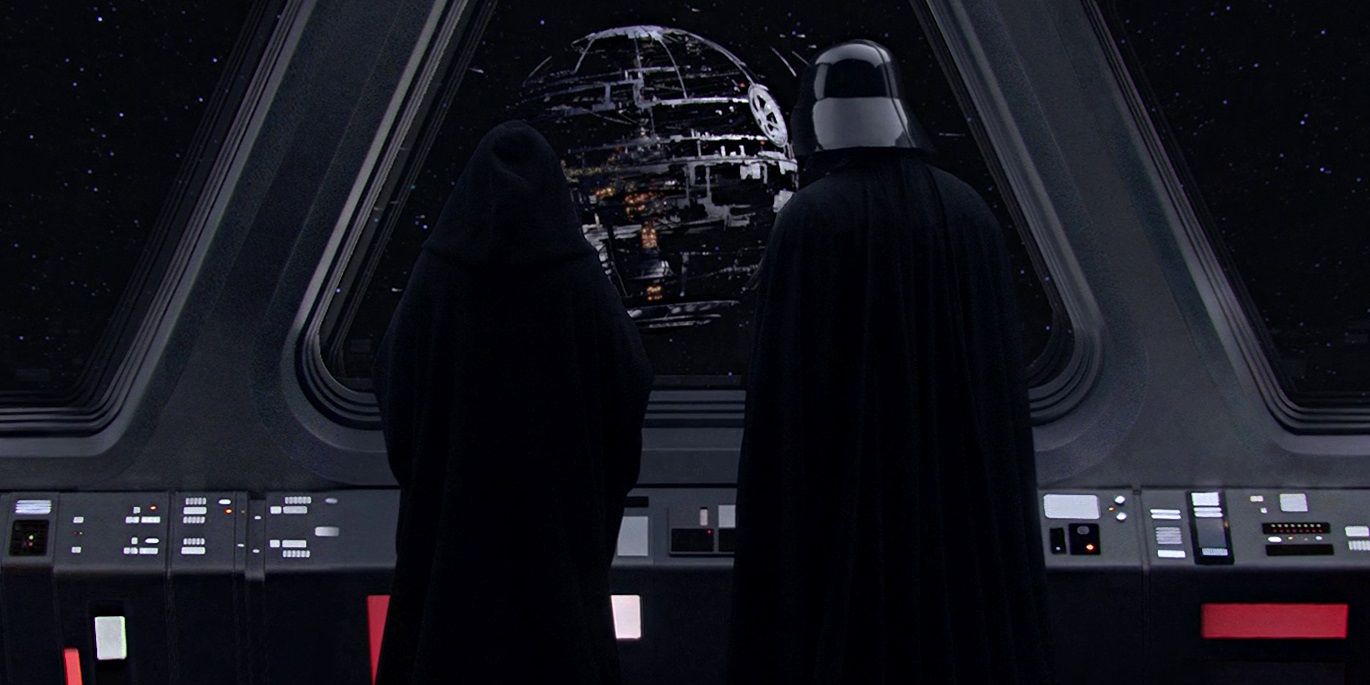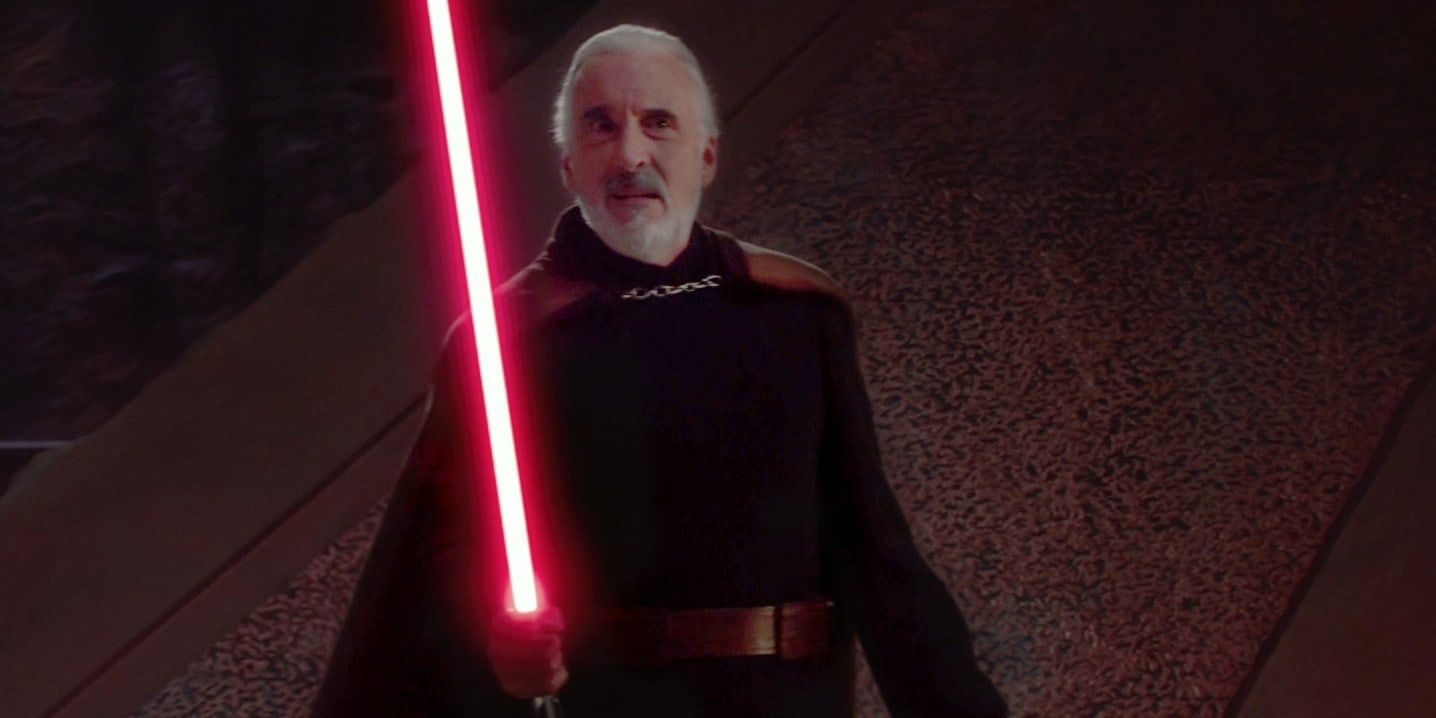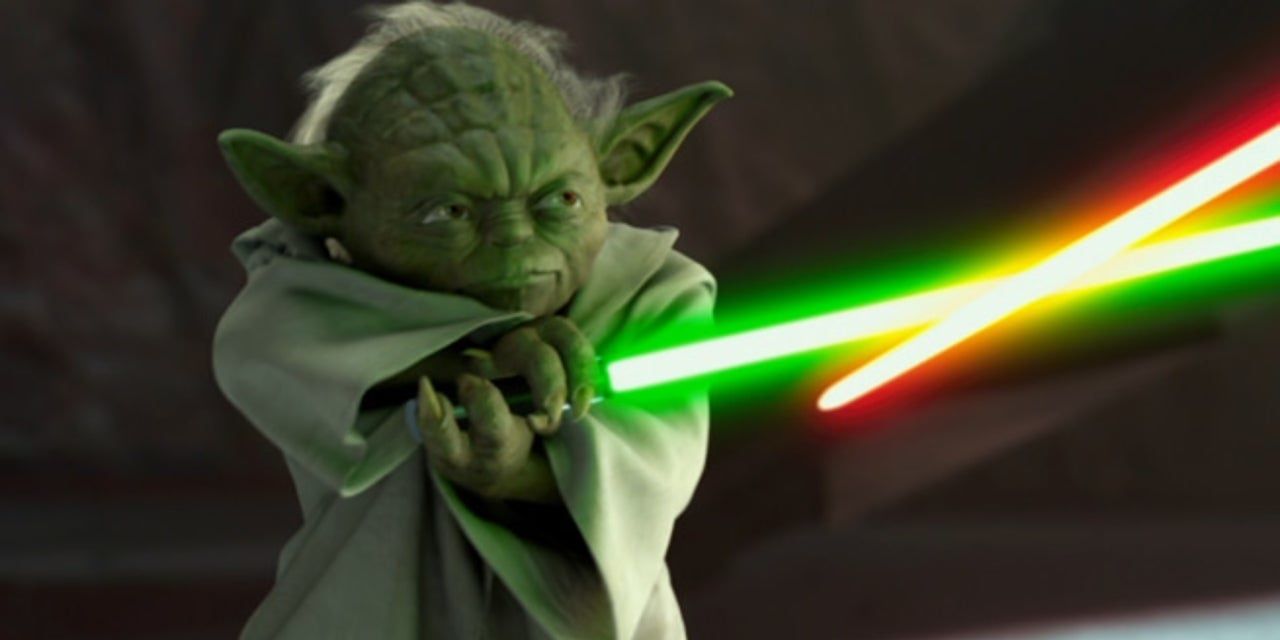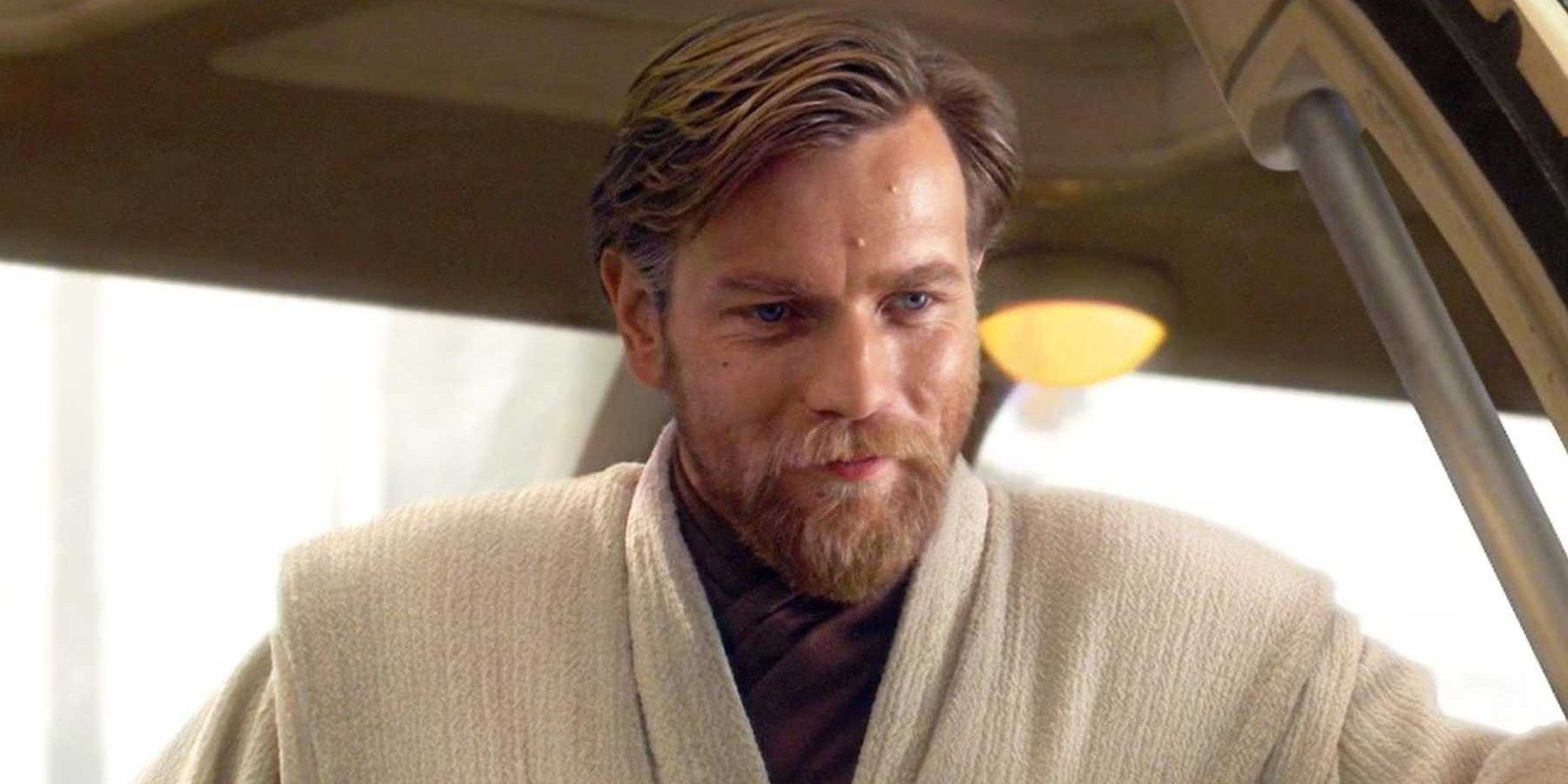Since the Star Wars sequel trilogy wrapped up in the clunkiest way possible last year, there’s been a running joke among the fanbase that another trilogy will come along in a decade or so that will be so bad, it’ll make Episodes VII-IX look like masterpieces by comparison. This is a reference to how the quality of the Star Wars trilogies has gradually depleted over the years.
Some fans of the original trilogy viciously attacked the prequels upon release for not quite living up to their sky-high expectations. But those movies would come to be viewed as misunderstood cult classics when the banality of the sequel trilogy showed just how bad a Star Wars trilogy made by committee could be.
Narrative Roadmap
George Lucas didn’t plan out every single detail of the original and prequel trilogies before embarking on each movie, but he did have a clear idea of where the story was going. His original 1977 Star Wars movie told the story of the Rebellion’s first major victory over the Empire, setting up a trilogy arc that would lead to the Empire’s defeat. The prequels set out to depict how bright-eyed nine-year-old podracer Anakin Skywalker would eventually become the feared Sith Lord Darth Vader.
The sequel trilogy had no roadmap from the beginning. Kathleen Kennedy hired J.J. Abrams to empty his “mystery box” all over Episode VII with no idea of what any of it meant, then hired Rian Johnson to somehow explain Abrams’ decisions in Episode VIII while also, for some reason, doing a weird, slow-paced, distinctly Johnson-esque deconstruction of the Star Wars mythos, then hired Colin Trevorrow to pull all the disparate pieces together in a big finale, then fired him for having original ideas, then hired Abrams to stick the landing with an overstuffed movie that introduces a bunch of new elements in lieu of explaining the pre-existing mysteries.
Clearly Defined Characters
The characterizations of Rey, Finn, Poe, and Kylo Ren changed from movie to movie, depending on the whims of whatever screenwriter was calling the shots at that particular point in time.
By contrast, the characters of the prequels are clearly defined. Even some of the more controversial scenes, like Anakin’s monologue about sand, still contribute to character development.
Singular Creative Vision
Just like the Spider-Man trilogy came from the mind of Sam Raimi and The Lord of the Rings trilogy came from the mind of Peter Jackson, the Star Wars prequel trilogy came from the mind of George Lucas. For better or for worse, his singular creative vision can be seen guiding the way at every stage throughout the trilogy.
The sequel trilogy, on the other hand, came vaguely from the mind of Kathleen Kennedy, but she let J.J. Abrams and Rian Johnson fill in the specifics with a bunch of contradictory stuff.
New Stories
In the prequel trilogy, the story of a prodigious young Jedi turning to the dark side of the Force, a thriving democracy being taken over by a dictator, and an army being cloned to fight robotic forces were all brand-new concepts in the Star Wars universe.
The sequel trilogy is full of recycled plots: a struggling rebellion blowing up the planet-destroying superweapon of an evil empire, the hero being revealed to be descended from the villain, the Jedi’s new “chosen one” being trained by a self-isolated old master — the sequels didn’t bring many new storylines to the table.
Decisive Character Arcs
From the very beginning, the Star Wars sequel trilogy didn’t know what to do with its characters. They all had promise in their conception, but the sequels either bungled the execution (Rey, Kylo Ren) or completely squandered them (Finn, Poe Dameron, Rose Tico, Captain Phasma, Maz Kanata, etc.). The character arcs in the sequel trilogy are either non-existent, with each movie altering and reducing Finn and Poe’s roles, or muddled, like randomly revealing Rey to be Palpatine’s granddaughter.
The prequels’ character arcs were much more decisive. Anakin’s fall to the dark side, Palpatine’s manipulation of the Senate, Obi-Wan’s failure to rein in his troubled apprentice — it was all planned from the beginning by a filmmaker with a singular vision.
Clear Themes
Great trilogies aren’t just a movie followed by two sequels; they exist as a single work, tied together by themes as well as story and character. But the Star Wars sequel trilogy barely qualifies as a trilogy at all, because it wasn’t constructed as one cohesive work; it’s a Rian Johnson sandwich on J.J. Abrams bread.
The themes of the sequel trilogy contradict each other. Rey accepts that she’s a nobody in The Last Jedi but then hijacks the Skywalker name in The Rise of Skywalker. At least in the prequel trilogy, the themes of Christianity and corruption and dictators taking over democracies are always prevalent.
Consistency With The Original Trilogy
There are a couple of minor plot holes in the prequel trilogy, like Obi-Wan’s foggy memory of droid ownership, but for the most part, it serves thematically as the intergalactic tragedy that paved the way for Luke Skywalker’s hero’s journey. The function of a sequel trilogy would technically be to conclude the saga’s thematic arc in the aftermath of the Rebellion’s victory over the Empire.
But the sequel trilogy wasn’t truly a continuation of the saga. It started out as a soft reboot of the original trilogy with The Force Awakens before devolving into an exercise in throwing any old concepts at the wall and seeing what stuck.
No Useless New Characters
A lot of the sequel trilogy’s new characters, like Holdo and Jannah and DJ and Allegiant General Pryde, were ultimately useless. It wasn’t the fault of the actors playing them and they were conceptually promising; they just ended up contributing nothing to the story and could be removed without missing a beat.
In the prequel trilogy, almost every character matters. For example, Qui-Gon’s actions in The Phantom Menace influence the rest of the trilogy, and Count Dooku’s introduction in Attack of the Clones leads to a crucial Anakin development in Revenge of the Sith.
Adding New Elements To Familiar Characters
The prequel trilogy introduces exciting new characters, like Padmé and Qui-Gon, while adding new elements to the familiar characters. Instead of indulging in fan service, George Lucas gave Darth Vader a tragic backstory and reintroduced the old, wise, all-powerful space wizard Obi-Wan Kenobi as a fledgling young apprentice in the early days of his Jedi tenure.
The sequel trilogy, on the other hand, completely squandered all its legacy characters. Luke was turned into a bitter jerk, Han was turned back into an uncaring pirate, Leia was turned into Mary Poppins, and legends like Chewbacca, R2-D2, and C-3PO were reduced to background characters.
Feeling Like Star Wars
Ultimately, the biggest distinction between the prequel and sequel trilogies is that the prequel trilogy feels like Star Wars, setting just the right tone to recapture some of the magic of the original trilogy.
Since the sequel trilogy had no involvement from George Lucas — despite the fact he provided Disney with story treatments for Episodes VII-IX in the merger — it’s essentially fanfiction. It’s not really Star Wars; it’s just some filmmaker’s idea of Star Wars.

